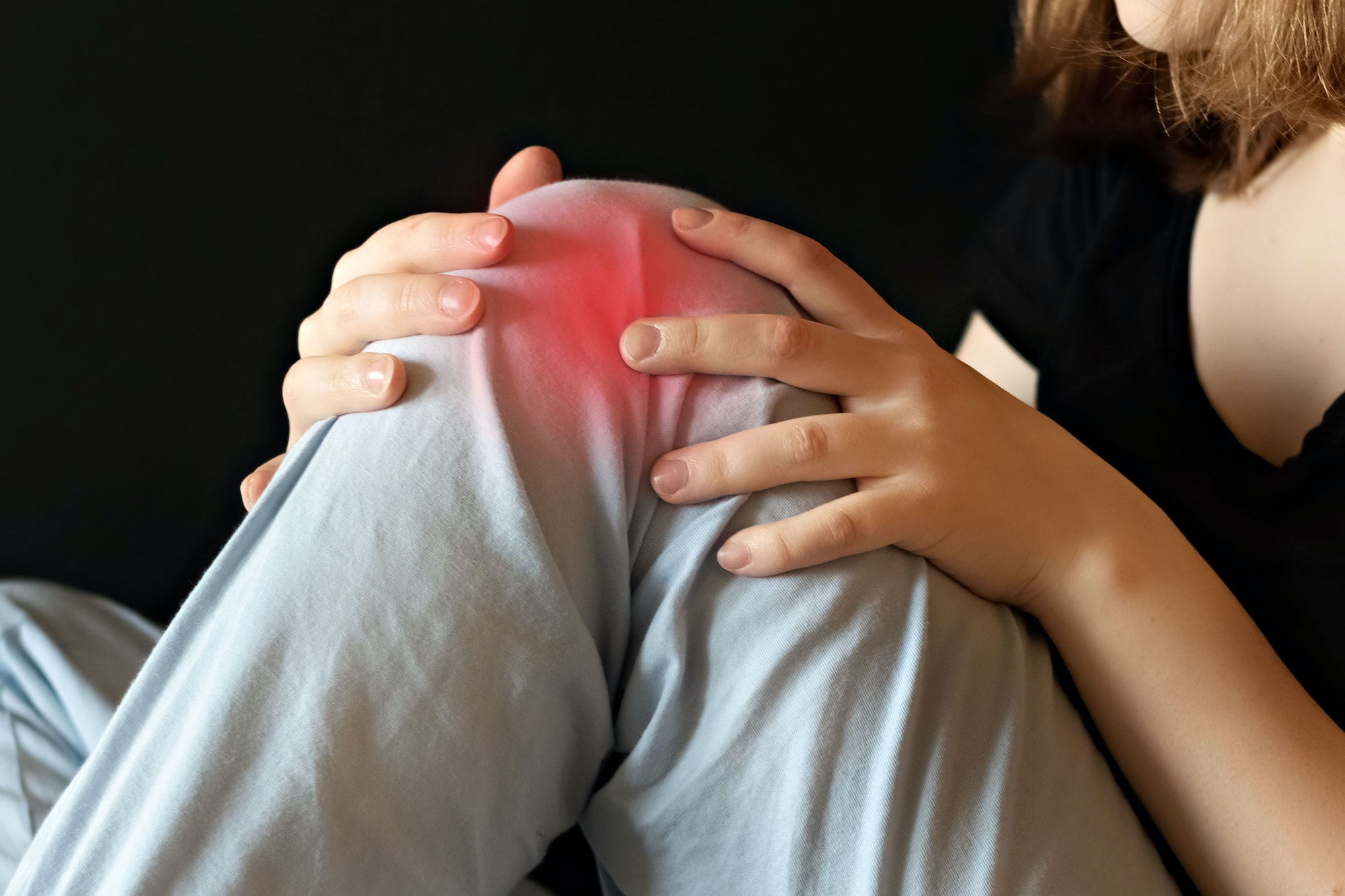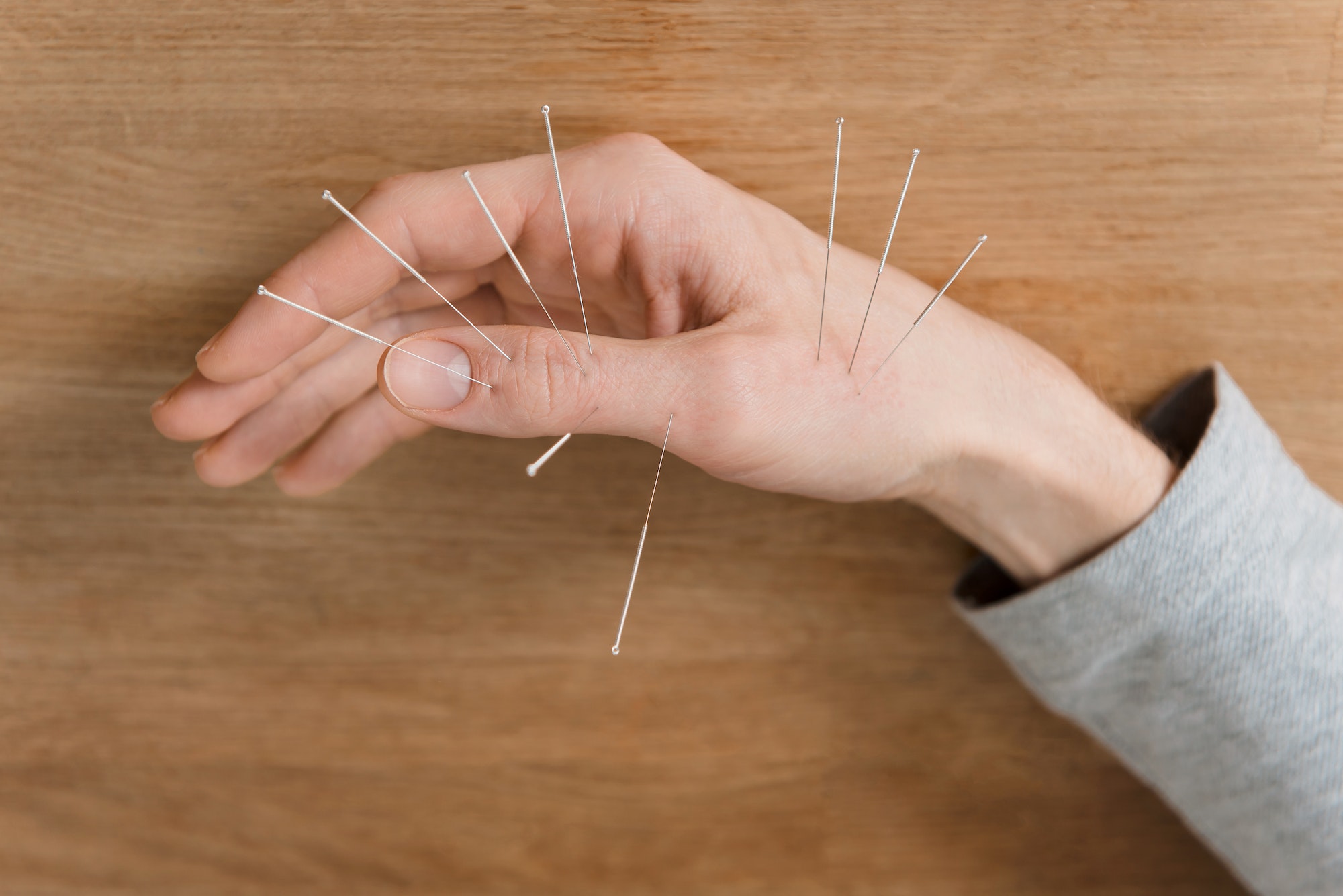Dealing with pain can be challenging, especially if it’s chronic. Painkillers are one way to help manage discomfort, but there are other techniques to explore as well. In this section, we’ll provide an overview of pain management, including using painkillers and other strategies for chronic pain relief.
Whether you’re dealing with acute or chronic pain, it’s essential to have a plan in place to manage it effectively. From understanding what chronic pain is to exploring non-pharmacological pain relief techniques, we’ll cover a range of topics related to pain management and provide answers to frequently asked questions.
Chronic pain is a debilitating condition that affects millions of people worldwide. It is defined as pain that persists for more than three months and can have a significant impact on a person’s quality of life.
 Photo Credit: svetlaya_83 | Envato
Photo Credit: svetlaya_83 | Envato
The causes of chronic pain can be diverse, ranging from injury and illness to psychological and emotional stress. Chronic pain can stem from various conditions such as arthritis, fibromyalgia, and nerve damage.
Chronic pain can have a range of physical and emotional effects on a person. The constant discomfort can make it challenging to carry out daily tasks, leading to frustration, anxiety, and depression. This, in turn, may create a vicious cycle, where the emotional effects of the pain worsen the condition, resulting in even more discomfort.
Regarding treating chronic pain, there are various approaches that healthcare professionals can take. These may include using painkillers, physical therapy, and psychological interventions.
It’s important to address the root causes of chronic pain to develop a targeted approach to treatment. Multidisciplinary approaches are often more successful and can involve a combination of pain management techniques.
If you’re experiencing chronic pain, it’s crucial to seek medical attention to develop an individualised treatment approach.
 Photo Credit: Rawpixel | Envato
Photo Credit: Rawpixel | Envato
Painkillers are medications that are used to relieve pain. When seeking relief from pain, various types of painkillers are available, including:
It is important to discuss using pain medication with a healthcare provider, as some pain medications can have side effects and potential risks.
NSAIDs, for example, can cause stomach ulcers and bleeding if used for extended periods. Opioids can be habit-forming and cause respiratory depression at high doses, leading to life-threatening complications. It is also crucial to adhere to the prescribed medication regimen, as taking excessive doses of pain medication can be dangerous.
As part of a comprehensive pain management plan, a healthcare provider may recommend using pain medication in conjunction with other therapies such as physical therapy or acupuncture.
 Photo Credit: ninelutsk | Envato
Photo Credit: ninelutsk | Envato
WIn addition to painkillers, there are several holistic pain relief methods that can also be explored to complement conventional treatments.
Acupuncture involves the insertion of fine needles into specific points on the body. It is based on the premise that stimulating these points can help to alleviate pain and encourage healing.
Research has shown that acupuncture can be effective in managing various types of pain, including back pain, neck pain, and osteoarthritis. It is a safe, minimally invasive therapy that can be used alongside other pain management techniques.
Physical therapy involves using exercises and stretches to improve strength, flexibility, and mobility. It can be helpful for managing chronic pain, particularly in conditions such as arthritis and fibromyalgia.
A physical therapist can provide an individualised treatment plan based on your specific needs. They may also incorporate other techniques such as massage and heat therapy to help manage pain.
Mindfulness involves focusing on the present moment and accepting it without judgement. It can be helpful for managing pain by reducing stress and anxiety, which can exacerbate pain.
Techniques such as deep breathing, meditation, and visualisation can all be used to promote mindfulness. They can be practised at home or with the guidance of a trained professional.
By exploring holistic pain relief methods, you can expand your pain management toolkit and find a combination of techniques that work best for you.
Managing pain is not a one-size-fits-all approach, and often requires a combination of different techniques to effectively manage the pain. Multimodal pain management is a comprehensive approach that combines various techniques to treat pain and improve overall quality of life. Before adopting a multimodal pain management approach, it is essential to consult your healthcare provider to determine its suitability for your specific needs.
Multimodal pain management involves using two or more therapies or medications to effectively manage pain. This approach is tailored to the individual’s needs, making it a highly personalised approach to pain management.
 Photo Credit: YuriArcursPeopleimages | Envato
Photo Credit: YuriArcursPeopleimages | Envato
Combining different treatments can lead to better pain relief and reduce the need for high doses of pain medication, which can cause side effects. Some of the common techniques used in multimodal pain management include:
Multimodal pain management has several benefits, including:
If you suffer from pain that is not well-managed by conventional treatments, multimodal pain management could help you. Consult your healthcare provider to determine if this approach is appropriate for you.
Neuropathic pain is a type of chronic pain caused by nerve damage or dysfunction. This type of pain can be difficult to manage with traditional pain medications and usually requires a more targeted approach.
Neuropathic pain is distinct from other types of pain as it often presents as a burning, shooting, or stabbing sensation. Some individuals may also experience numbness, tingling, or weakness in the affected area.
If you suspect you may be experiencing neuropathic pain, it is important to speak with your healthcare professional to receive a proper diagnosis and personalised pain management plan.
A multimodal approach to pain management is often recommended for individuals experiencing neuropathic pain. This may include a combination of medications, physical therapy, and alternative pain relief methods.
Antidepressant and anticonvulsant medications are commonly used to treat neuropathic pain, as they can help to reduce nerve sensitivity and pain signals. However, these medications may take several weeks to become effective and may cause side effects.
Physical therapy can also be an effective treatment for neuropathic pain. This may involve exercises to improve flexibility and range of motion, as well as techniques to improve posture and reduce muscle tension.
Alternative pain relief methods such as acupuncture and mindfulness techniques may also be helpful in managing neuropathic pain. These techniques can help to reduce stress and promote relaxation, which can in turn help to manage pain levels.
It is important to work closely with your healthcare professional to develop a personalised pain management plan that addresses your specific needs. This may involve trying different medications and treatment methods until a suitable combination is found.
Be sure to communicate openly with your healthcare professional throughout the process to make sure that your pain management plan is effective and sustainable.
Acute pain is often a sudden and intense sensation that typically lasts for a short time. A wide range of factors such as injury, surgery, or medical conditions can cause it.
For prompt relief, short-term pain medications, like ibuprofen or acetaminophen, can be effective. It is important to follow the recommended dosage and speak to a healthcare professional before taking any medication.
 Photo Credit: mrdoomits | Envato
Photo Credit: mrdoomits | Envato
Aside from medication, there are other techniques that can help manage acute pain. Applying heat or cold to the affected area, getting enough rest, and performing gentle exercises can all help alleviate pain.
If acute pain persists for an extended period or interferes with daily activities, it is important to seek medical attention. A healthcare professional can assess the underlying cause of the pain and recommend appropriate treatment.
As pain management can be a complex process, it is natural to have questions. Here are some frequently asked questions (FAQs) about pain management:
Pain medication tolerance can occur when your body becomes accustomed to a certain pain medication, leading to a decrease in its effectiveness over time. This can require a change in medication or dosage to maintain pain relief.
Some pain medications, particularly opioids, have a higher risk of addiction. It’s important to discuss potential risks and benefits with your healthcare provider and follow their recommended treatment plan.
There are many non-medication techniques for pain relief, including acupuncture, physical therapy, meditation, and massage therapy. These techniques can work alongside medication to improve pain management.
If your pain medication is not providing adequate relief or you experience side effects, talk to your healthcare provider. They may adjust your dosage or prescribe a different medication. It’s important not to adjust your medication without consulting your provider.
Yes, lifestyle changes such as regular exercise, a healthy diet, stress management, and getting enough sleep can all improve pain management. These changes can help reduce inflammation and promote overall wellness.
While it may not be possible to eliminate pain, effective pain management can significantly reduce its impact on your daily life. It’s important to work with your healthcare provider to find the best pain management plan for your specific needs.